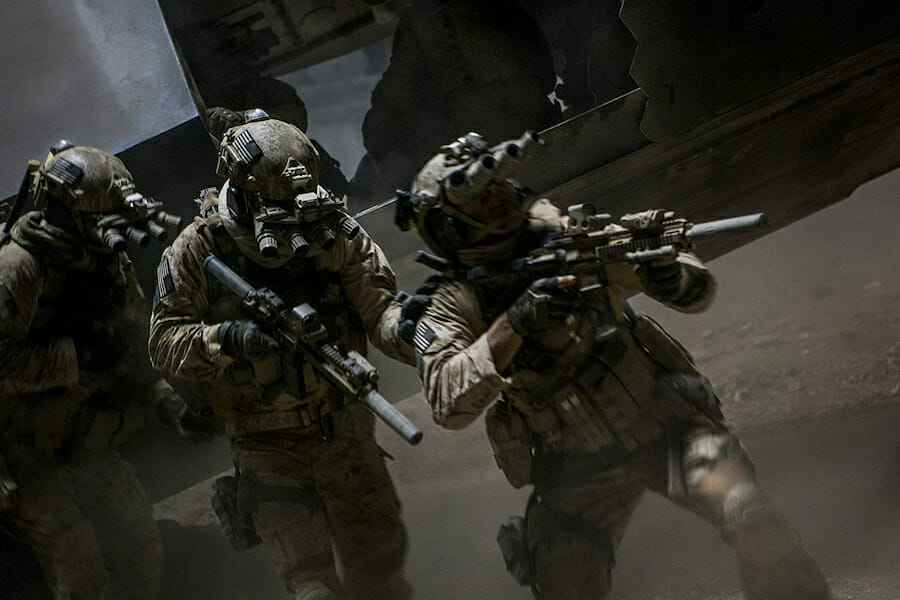
U.S. Military Strategy and Understanding Terrorism and Insurgency
There is a fundamental problem with American foreign and military policy concerning terrorism. American military strategists and policymakers fail to acknowledge the true strategic and tactical nature of terrorist groups and insurgencies. Many in the upper echelons of the U.S. government attempted to address the insurgency in Iraq and al Qaeda as if they were conventional forces. This resulted in abysmal returns.
The last two American Presidents have highlighted this fundamental misunderstanding by the Executive Branch of the U.S. government. On May 1, 2003, U.S. President George W. Bush touted mission accomplished on the deck of the U.S.S. Abraham Lincoln. Nine years later, his successor Barack Obama heralded the “light of a new day,” in Afghanistan. Obama claimed American forces had “devastated al Qaeda” and killed bin Laden. He punctuated his folly by announcing his goal “to defeat al Qaeda and deny it a chance to rebuild — is now within our reach.”
Both men were inaccurate in trumpeting the results of American blood and treasure. Violence still permeates Iraq. Al Qaeda, in its different forms, still thrives in many countries. This is not surprising because both Presidents share the same American misperception of terrorism and nonstate actors.
The insurgents and terrorists today use an unwritten doctrine that is a tactical and strategic offspring of the Sun Tzu’s “Art of War” and the guerrilla warfare of Mao Zedong. It seeks to quickly strike at the weakness of its opponents, at the time most opportune for themselves, using sometimes advanced other times rudimentary weapons. The terrorists will quickly melt away in the event the battle becomes too pitched or there is a sense that American led forces have gotten their footing. These forces are not unlike the forces the U.S. and French faced in Vietnam. The terrorists and insurgents do not have to “win.” They simply need to survive. Existing is a victory for them. This is a key problem in the American military psyche at the highest levels. In earlier wars, there were seemingly clear-cut definitions of victory and defeat.
Americans look through their history at the Battles of Yorktown and New Orleans, Appomattox, the Treaty of Versailles, and the Japanese surrender on the U.S.S. Missouri. In each case, the war had a reasonably clear conclusion and definitive victors. Vietnam changed all of this, rather it should have. The old paradigms and definitions of American military history are now obsolete. I hazard to state their worth and validity will continue to decline. The tactics that were seen as ungentlemanly in the eighteenth and nineteenth centuries and labeled as guerrilla tactics in the twentieth century are no longer the anomaly, but the new norm.
One alarming aspect of this situation is that the U.S., as big and strong as their military is, seems to be the last country to realize this. The United Kingdom fought for decades against the Irish Republican Army (IRA), yet there is a still group, the Real IRA, clamoring to the ideals and fighting on. Colombia has waged a similar struggle against the Revolutionary Armed Forces of Colombia (FARC). The Russians have faced similar troubles in Chechnya. Both of these countries understand that there is no “victory” by the definition we created in centuries before. It is debatable whether the American misconception about the nature of terrorism is arrogance or a simple lack of objectivity.
The first Persian Gulf War served to reinforce the old notions of combat and warfare. The short “war” to expel Iraqi forces from Kuwait perpetuated the strategic mindset in using overwhelming force. Fortunately for the Coalition forces, Saddam’s soldiers did not take their resistance to the next level: guerilla fighting within the cities. Iraqi forces fought the “Western war.” The Americans faced enemies that chose to fight the unconventional war in the second war in Iraq and in Afghanistan. The U.S. extensively used tanks and armored units in the narrow streets of Iraq and Afghanistan. These vehicles were susceptible to snipers and improvised explosive devices (IEDs).
Insurgents of Iraq and the Islamist fighters in Afghanistan simply mixed into the civilian population when doggedly pursued by American forces. The U.S. fought 21st-century enemies using 19th-century strategy. This notion of war, espoused by many in the U.S., now places men and women in uniform in harm’s way.

